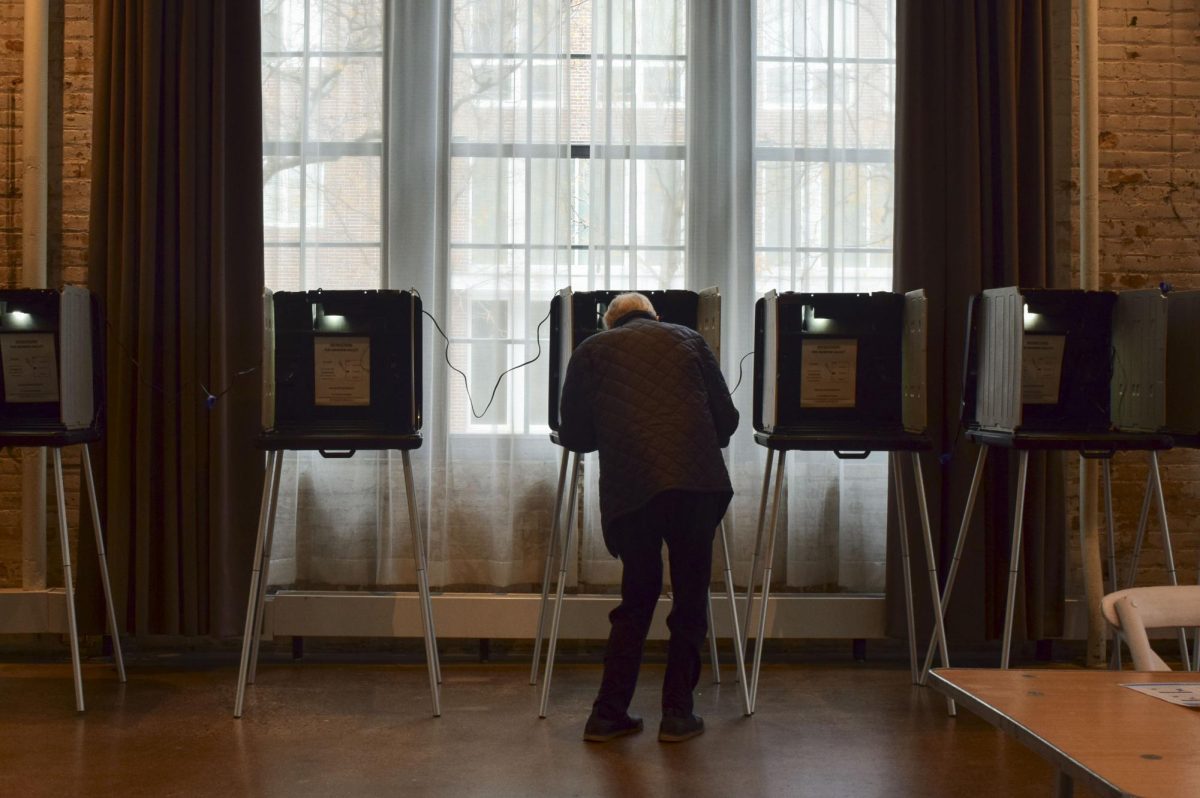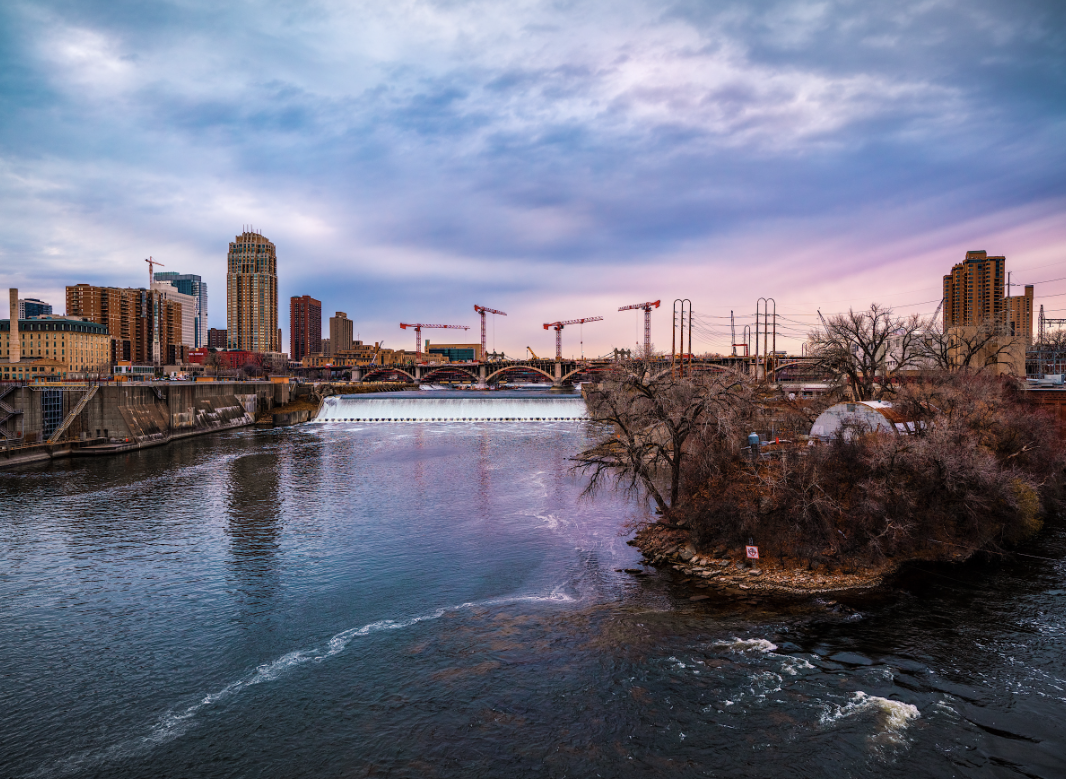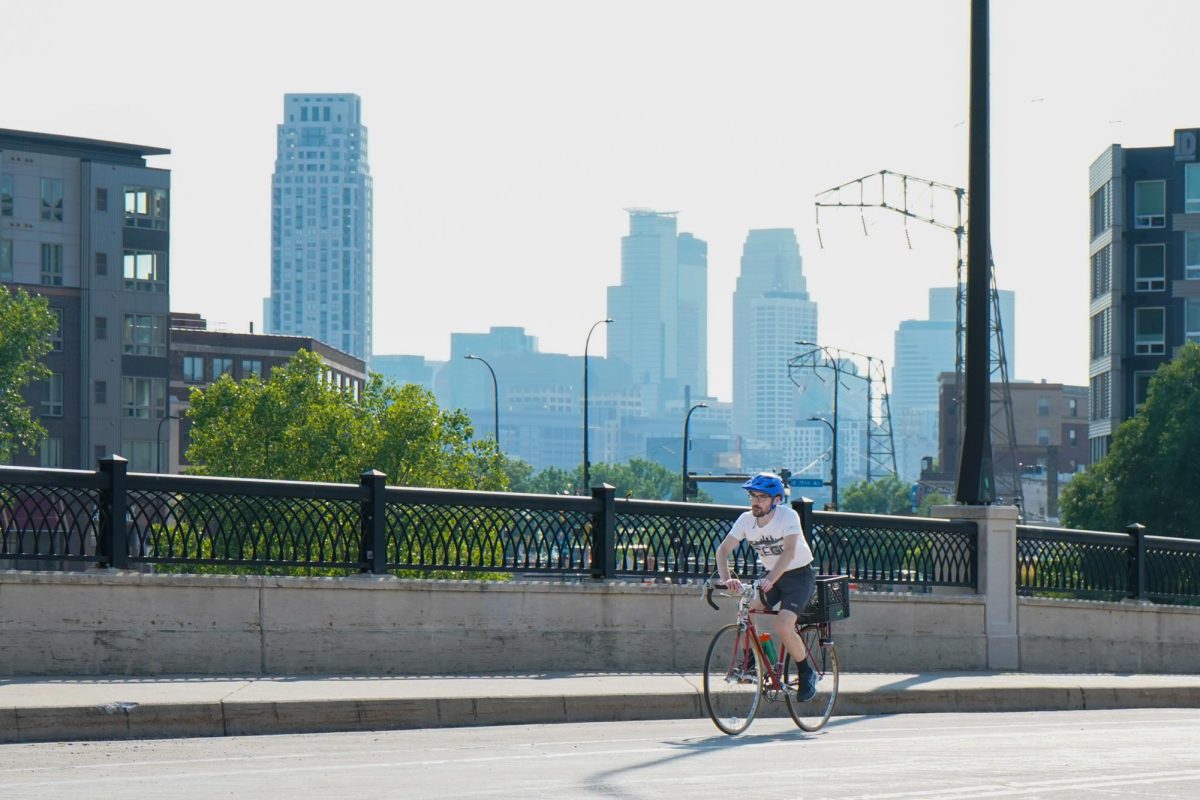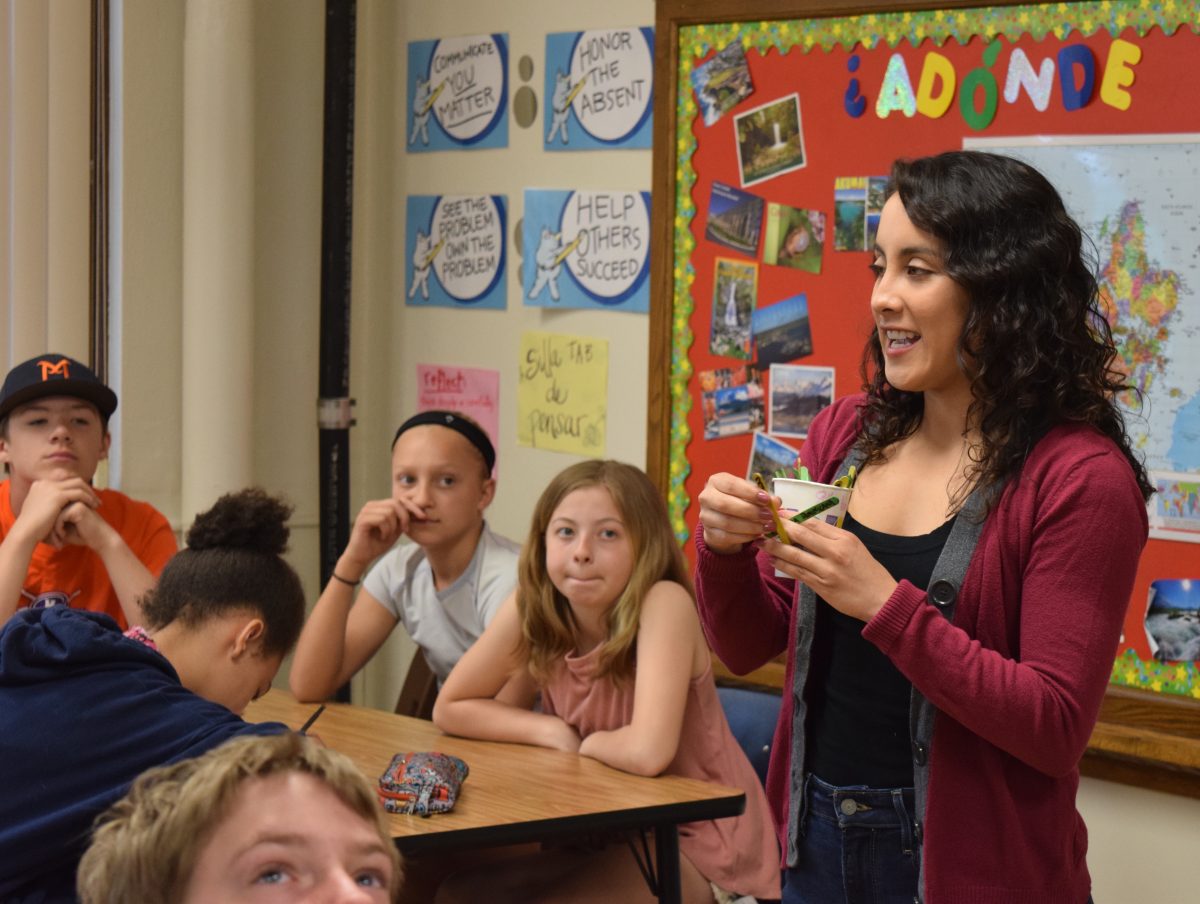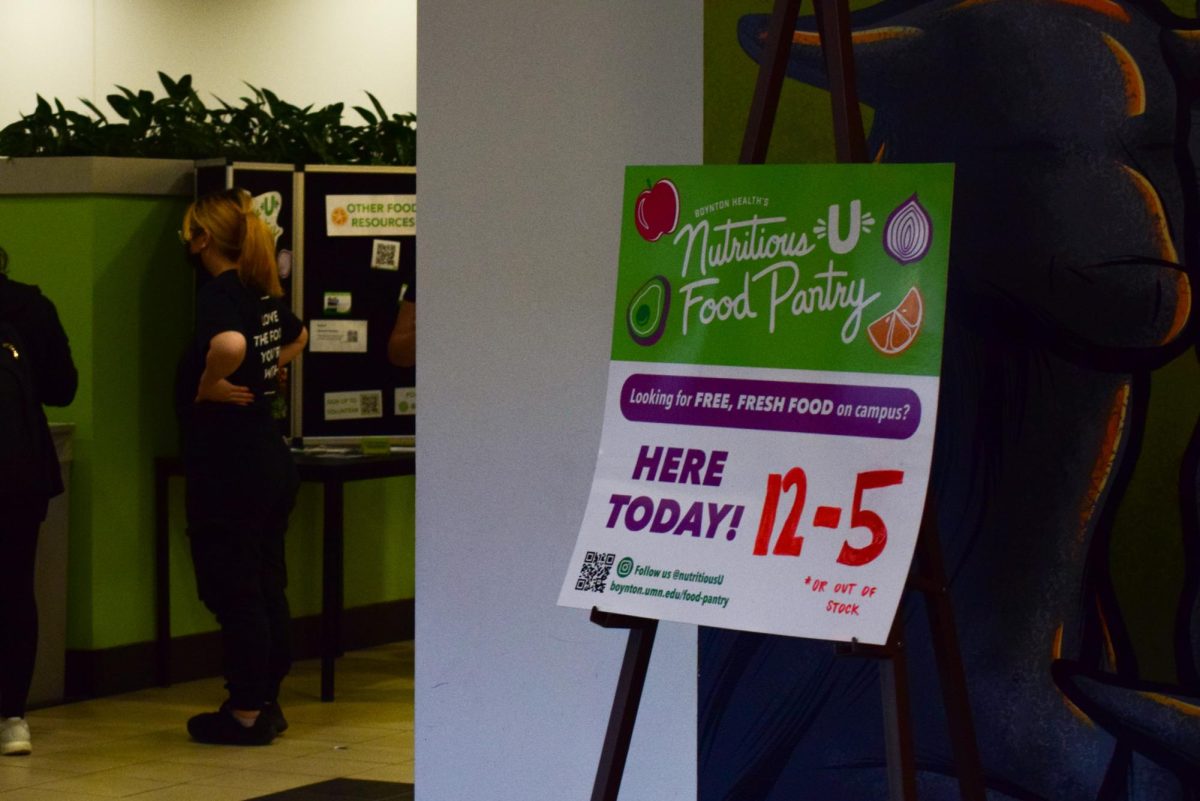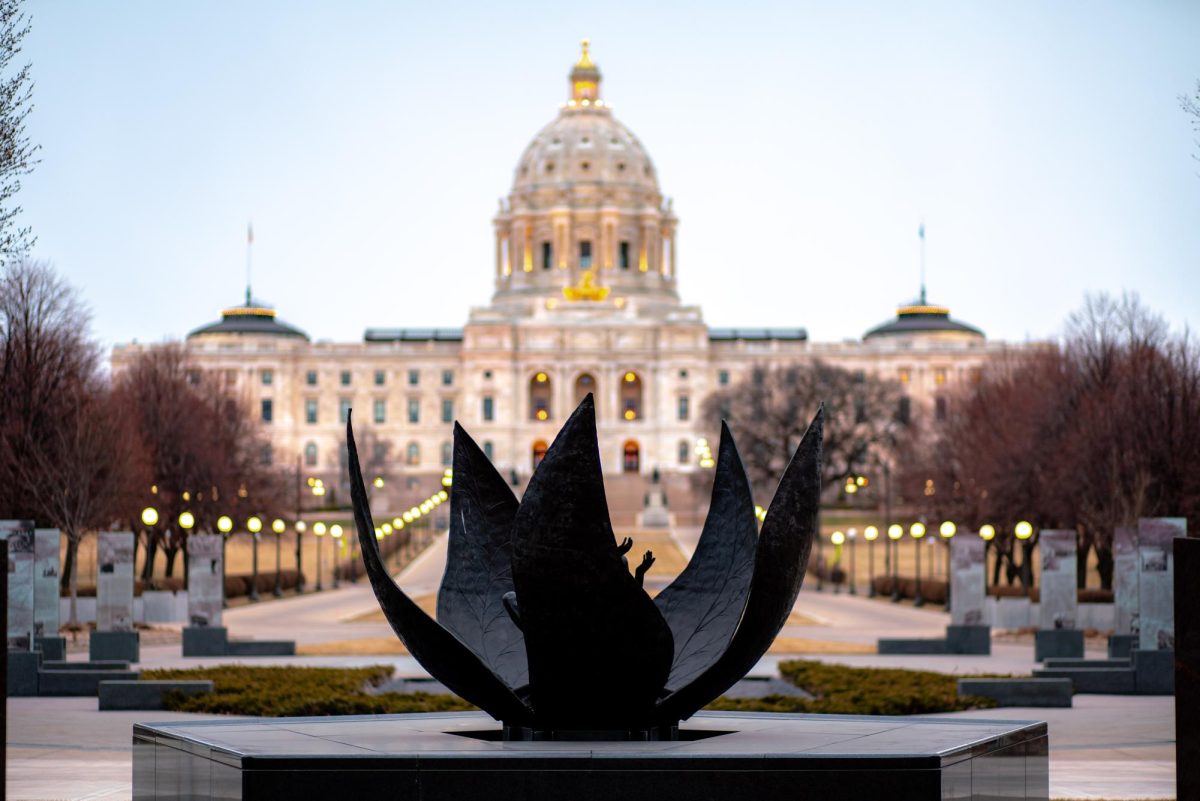A month out from Super Tuesday, Minneapolis government officials and voting activists discuss early voting as an accessible and growing, yet uncertain, method of casting a vote.
Minnesota’s early voting process for the presidential primaries began on Jan. 19 and will last until primary election day on March 5, also known as Super Tuesday. Minnesota became one of 16 states in 2020 to hold open primaries for the presidential election, transitioning from caucus voting.
Early voters can vote in person, by mail or by absentee ballot, according to the Secretary of State’s website. Additionally, a new state law went into effect on Jan. 1 requiring all voting precincts in the state to offer informational materials and ballots in the state’s four most commonly spoken languages: Hmong, Spanish and Somali, along with English.
Minneapolis’ Early Vote Center also offers curbside voting, where an election judge will meet a voter at their car for those unable to or uncomfortable with voting inside the precinct, according to Katie Smith, the director of Elections and Voter Services for the city of Minneapolis.
Smith said early voting allows greater flexibility for voters’ schedules, as she sees a wide demographic of people opting to vote in the 46 days leading up to the presidential primaries.
“There’re a lot of features like that, that make it either time constraint convenient or accessibility convenient, and it’s a really big mix of people,” Smith said. “It’s open to everyone who’s voting, so we see all different kinds of voters taking advantage of the voting early option.”
Minnesota Secretary of State Steve Simon said his office is focusing on encouraging voter activity and disseminating voting information during the early voting period — especially on college campuses, making stops at Winona State University and University of Minnesota-Duluth.
Simon added his office’s efforts to increase voter activity have an advantage this year with a high-profile election in the presidential race.
“The advantage we have is it’s a presidential contest in a presidential year,” Simon said. “There’s more interest, certainly curiosity, but I would also say interest and attention and passion around this, and so we’re trying to spread the word about just what the rules are.”
Early voting in Minnesota has seen a considerable increase in turnout since the 2016 and 2020 presidential elections.
Jeanne Massey, the executive director of FairVote Minnesota, an election reform advocacy organization focused on implementing ranked-choice voting in the state, said the high voter turnout for Minnesota’s 2016 presidential caucus led the state to hold an open primary vote to accommodate voter turnout in future elections.
Massey said early voting does not impact all elections equally, having a greater impact on state and local elections where candidates have a stronger likelihood of still being on the general election ballot.
“Early voting is not equally valuable across all elections because some are not as much in the media,” Massey said. “People know less about the candidates, it takes more time, so you see that intensified closer to the election and you see early turnout on the weekend or two before that election day and then on election day.”
Massey added she attributes the high early voting turnout to the intensity of the previous two presidential elections.
“[In] 2020, there were highly competitive elections that mattered [to] people on the Democratic side, on the Democratic and Republican side in 2016, and in 2024 on neither side,” Massey said. “However, people are not going to be invested in a primary where people believe there’s only one person on the ballot.”
Simon said early voting’s growing popularity is the product of voters deciding to use their voice on their terms.
“I think people are saying, ‘Hey, look, I don’t necessarily want to be told that to vote, I need to go to a specific place on a specific day during specific hours,’” Simon said. “‘I want to tailor the experience to my needs and my life.’”
Early voting in the presidential primary presents an uncertainty unique to the presidential race, as candidates are more likely to drop out before March 5 despite many constituents having already cast ballots in their favor, according to Simon.
Massey said early votes being thrown out is an electoral flaw in need of correcting, pointing to Sen. Amy Klobuchar’s 2020 presidential campaign as a prime example and ranked-choice voting as a viable solution.
“[Klobuchar] had a lot of early voters in Minnesota because she’s from Minnesota, but she dropped out the day before Super Tuesday and all the votes for her just got thrown away, literally thrown away. They didn’t count because she wasn’t on the ballot,” Massey said. “If we had Ranked Choice Voting, people’s second choices could have replaced her on that voting day.”
Despite the potential uncertainties of early voting, Simon said early voting and voting by mail provide voters with a cushion of time to research candidates and make their decision at their own pace.
“It’s both convenience and the relief that comes with being able to look into the candidates at your own schedule instead of getting a ballot with 20 or 30 some contests and sitting there in the polling place, maybe trying to Google some people on your phone who you weren’t familiar with, or skipping them or whatever it is,” Simon said. “It’s just a way that people are more assured about their decision because they can do it on their own timetable.”
At the city level, Smith said new voting legislation has allowed the Minneapolis’ Elections and Voter Services department to expand its voting options to constituents.
“One of those [options] is being able to have an early voting site that doesn’t have to have hours and days that mirrors our main site,” Smith said. “That’s what allowed us to have that pop-up one-day voting event at Weisman [Art Museum] for the Municipal [Elections] last year.”
Smith added she is looking forward to growing voting options and increasing accessibility in the city.
“That’s something that we’re really working towards and expanding those sorts of options for this November for the general as we move forward this year,” Smith said. “That’s an exciting new opportunity that we hope to expand and develop.”
While early voting remains in a period of development, Simon said he expects continued growth for voters taking control of the way they vote at the local, state and national level.
“Over time, people are catching on to the convenience, the ability to get familiar with the candidates at your own pace, with the fact that absentee voting is maybe more consistent with people’s everyday schedules and lifestyles,” Simon said. “I think it will continue to climb.”
More information on early voting in Minnesota can be found at mnvotes.gov.










